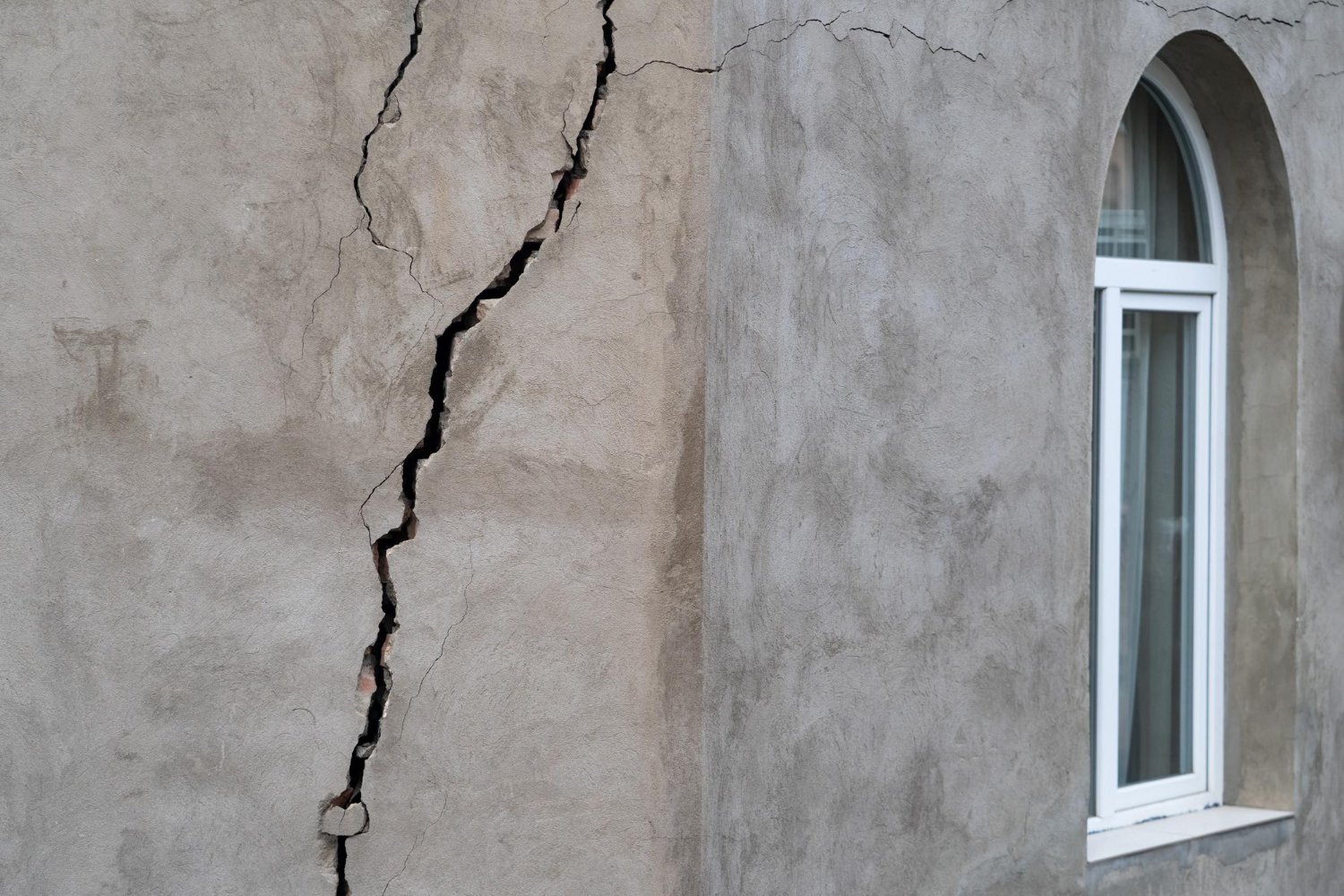
If you notice vertical foundation cracks in your home, keep an eye out for key signs like horizontal cracks indicating serious structural issues or stair-step cracks pointing to significant movement in the foundation. Bulging walls could signal immediate evaluation needs, while uneven floors may suggest foundation settlement. Water damage, seen through seepage, stains, or mold growth, is another crucial indicator. Understanding these signs promptly can help you tackle potential problems effectively.
Key Takeaways
- Vertical cracks are typically straight up and down.
- Cracks may widen at the top or bottom.
- Look for cracks in a vertical pattern on walls.
- Vertical cracks are often caused by foundation settlement.
- Consult professionals for assessment and repair of vertical cracks.
Horizontal Cracks
When inspecting your foundation, be vigilant for horizontal cracks that could indicate serious structural issues. Unlike vertical cracks that may be less severe, horizontal cracks are often a cause for immediate concern. These cracks typically signify excessive pressure or shifting within the foundation that could compromise the stability of your entire structure.
Horizontal cracks are commonly caused by factors such as soil expansion, poor drainage, or even seismic activity. As you assess these cracks, pay close attention to their width and length. Wide horizontal cracks, especially those exceeding a quarter inch, are particularly critical as they suggest a significant amount of pressure on the foundation. Additionally, long horizontal cracks that extend across multiple walls or sections of your foundation may indicate widespread structural problems that require prompt professional attention.
It’s essential to monitor the progression of horizontal cracks over time. If you notice any horizontal cracks widening or lengthening, it’s vital to consult with a structural engineer or foundation specialist immediately. Ignoring horizontal cracks or delaying necessary repairs could lead to further damage and increased safety risks for you and your household.
Stair-Step Cracks
Stair-step cracks in your foundation indicate a diagonal pattern of damage that warrants immediate attention to assess potential structural issues. These cracks typically form in a stair-step pattern along the mortar joints between concrete blocks or bricks, signaling significant movement or pressure within the foundation. Ignoring these cracks can lead to worsening structural integrity and potential safety hazards in your home.
- Fear: The sight of stair-step cracks can evoke fear and anxiety about the safety of your home and family.
- Uncertainty: Not knowing the extent of the damage or the necessary repairs can leave you feeling uncertain and overwhelmed.
- Urgency: The urgent need to address these cracks to prevent further damage may cause stress and a sense of urgency.
When faced with stair-step cracks in your foundation, it’s vital to consult with a professional foundation repair specialist to evaluate the severity of the damage and recommend appropriate solutions. By taking prompt action, you can safeguard the safety and stability of your home for years to come. Don’t let these cracks escalate into larger issues – address them promptly to protect your investment and peace of mind.
Bulging Walls
If you notice bulging walls in your foundation, it indicates potential structural issues that require immediate evaluation by a professional. Bulging walls are a critical concern as they suggest that the foundation is under significant stress and may be at risk of failing. The bulging can occur due to various reasons, such as expansive soil putting pressure on the walls, poor construction practices, or water damage weakening the foundation.
One common cause of bulging walls is hydrostatic pressure. When the soil around your foundation becomes oversaturated with water, it exerts pressure on the walls, causing them to bulge inward. This pressure can lead to cracks and compromise the integrity of the entire structure. Additionally, poor drainage systems or plumbing leaks can contribute to water accumulation around the foundation, exacerbating the issue.
It is essential not to ignore bulging walls, as they can signal a serious threat to the safety and stability of your home. Seeking professional help to assess the extent of the damage and determine the best course of action is vital. Ignoring bulging walls can result in further deterioration of the foundation, leading to more extensive and costly repairs in the future. Remember, early intervention is key to preventing severe structural damage.
Uneven Floors
If you’ve noticed bulging walls in your foundation, another concerning issue to look out for is uneven floors. Uneven floors can be a sign of significant foundation problems that require immediate attention. Here are three key signs that indicate your floors may be uneven due to foundation issues:
- Sloping Floors: Walking through your home, you might feel like you’re constantly walking uphill or downhill, even on a level surface. This can be a clear indication that your floors aren’t level and could be a result of foundation settlement.
- Tripping Hazards: Uneven floors often lead to areas where the floor height differs abruptly. These sudden changes in elevation create tripping hazards that can be dangerous, especially for children or elderly family members.
- Difficulty Opening or Closing Doors: If you find that doors are sticking or not closing properly, it could be due to the shifting of your foundation, causing the door frame to become misaligned. This can be a frustrating issue that indicates underlying problems with your home’s foundation.
Water Damage
When inspecting for water damage in your home’s foundation, check for any signs of moisture seeping through cracks or pooling around the base of your walls. Water damage can be a serious issue that compromises the structural integrity of your home. One of the key indicators of water damage in your foundation is the presence of dampness or water stains. These can often be seen on the walls or floors near the base of your foundation. Additionally, if you notice a musty smell in your basement or crawl space, it could be a sign of water damage.
Another common sign of water damage in your foundation is efflorescence, which appears as a white, chalky residue on your walls. This residue is left behind when water evaporates and leaves minerals behind. If you see efflorescence, it’s important to address the water issue promptly to prevent further damage.
Furthermore, mold growth in your basement or crawl space is a clear indication of excess moisture and potential water damage. Mold thrives in damp environments, so if you spot any mold, it’s crucial to address the water source and remove the mold promptly to safeguard your home and health. Remember, early detection and timely repairs are key to mitigating the effects of water damage on your foundation.
Frequently Asked Questions
Can Vertical Foundation Cracks Be Repaired Without Replacing the Entire Foundation?
You can often repair vertical foundation cracks without replacing the entire foundation. Solutions may include filling the crack with epoxy or polyurethane injections, installing carbon fiber strips, or using helical piers for stabilization.
How Do I Know if a Vertical Crack in My Foundation Is a Sign of Serious Structural Damage?
To know if a vertical crack in your foundation signals serious structural problems, look for cracks wider than 3/16 of an inch, doors or windows sticking, or gaps around frames. Consult a professional for evaluation.
Are There Any DIY Methods for Temporarily Fixing Vertical Foundation Cracks Before Professional Help Can Be Obtained?
If you notice vertical foundation cracks, you can use epoxy injections or hydraulic cement as temporary fixes before getting professional help. However, remember these are short-term solutions, and it’s important to address the underlying issues promptly.
Is It Common for Vertical Foundation Cracks to Worsen Over Time if Left Untreated?
If left untreated, vertical foundation cracks can worsen over time. Ignoring them may lead to structural issues. It’s important to address these cracks promptly to prevent further damage and secure the stability of your home.
Are There Any Preventative Measures Homeowners Can Take to Minimize the Risk of Vertical Foundation Cracks Forming in the Future?
To prevent vertical foundation cracks, guarantee proper drainage around your home, maintain consistent moisture levels in the soil, address any plumbing leaks promptly, and schedule regular foundation inspections. Taking these steps can help minimize the risk of future cracks.
Conclusion
Lifetime Basement Waterproofing has been Atlanta’s premier basement waterproofing company for over 50 years. We’re a family-owned and operated company that specializes in basement waterproofing.
Additionally, we provide many other services at an expert level. These include crawlspace encapsulation, exterior foundation waterproofing, foundation crack repair, and drainage strategy for French drains.
You can count on Lifetime Basement Waterproofing for your wet basement repair needs. Addressing any signs of foundation issues promptly is crucial to maintaining the safety and stability of your home.
If you observe vertical foundation cracks, horizontal cracks, stair-step cracks, bulging walls, uneven floors, or water damage, don’t hesitate to contact us for an inspection and necessary repairs.
Ignoring these issues can lead to serious structural problems and costly repairs in the future. Trust Lifetime Basement Waterproofing to ensure the integrity of your home’s foundation.
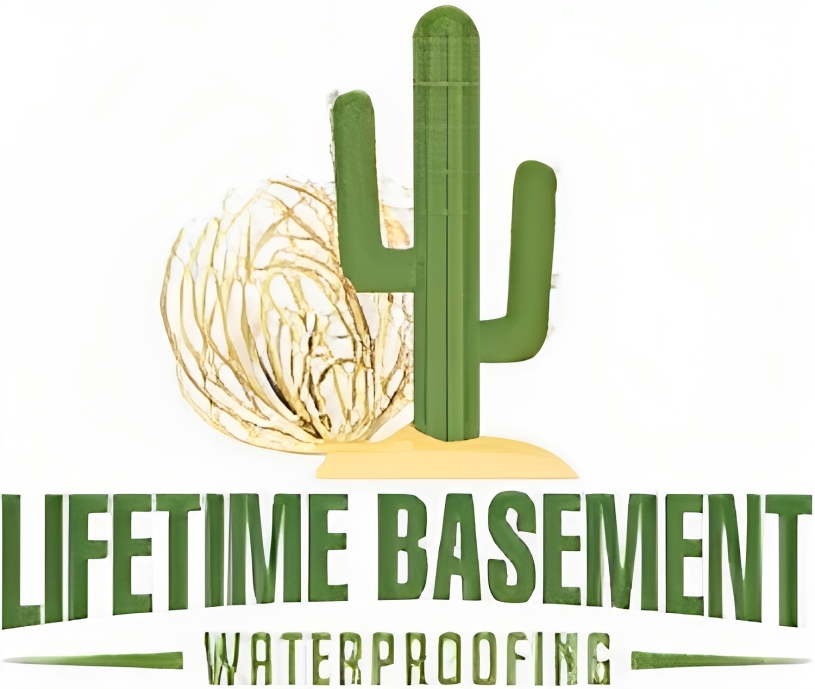
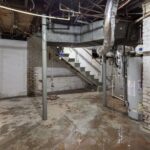

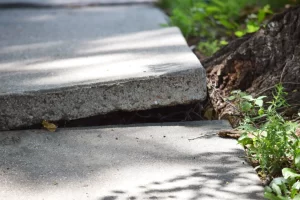
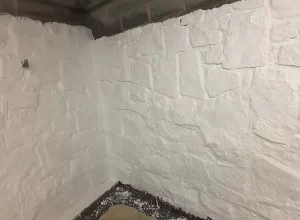
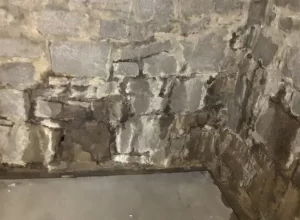
No comment yet, add your voice below!